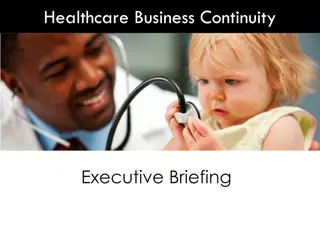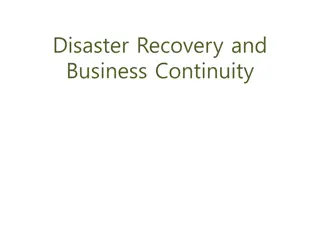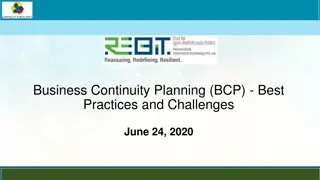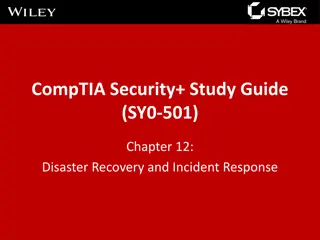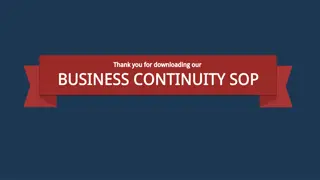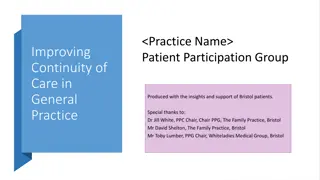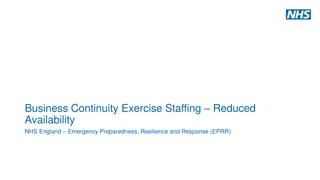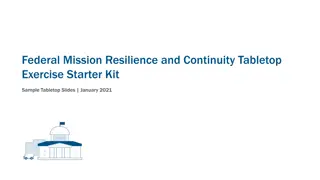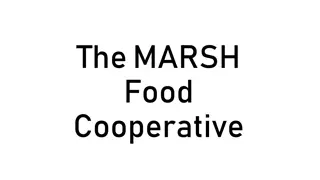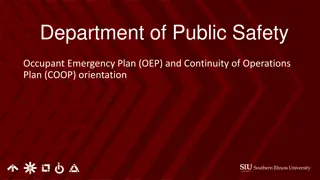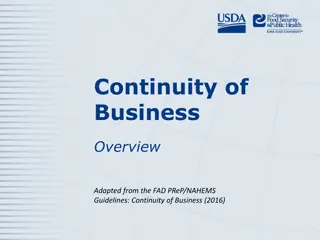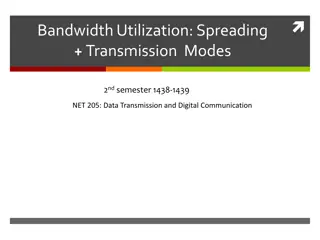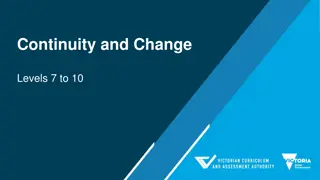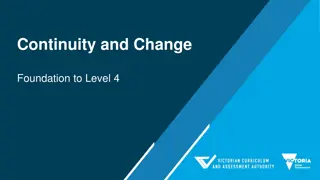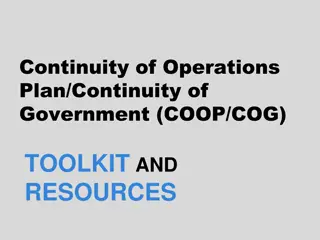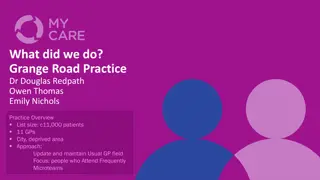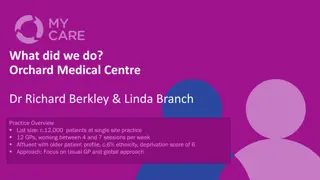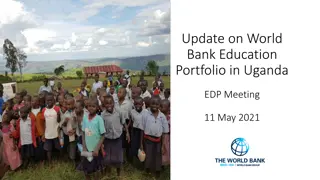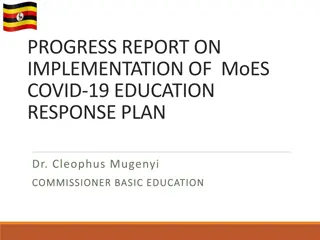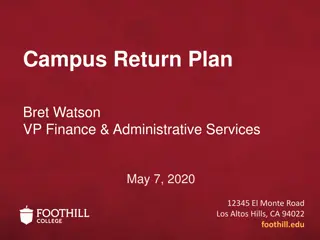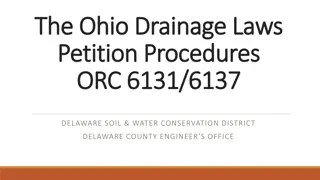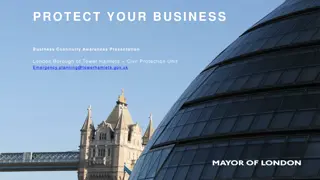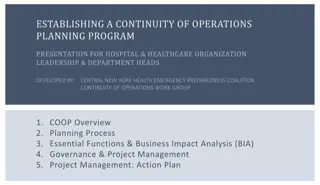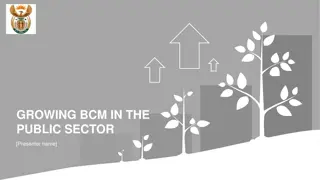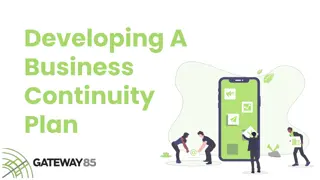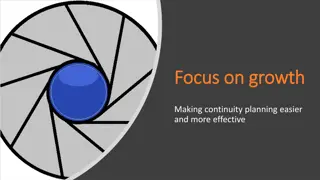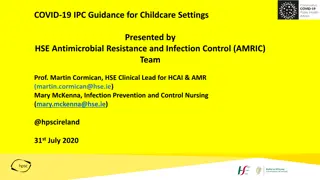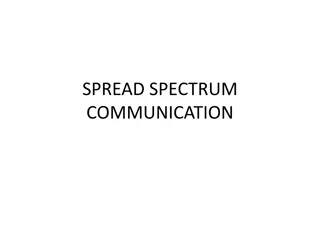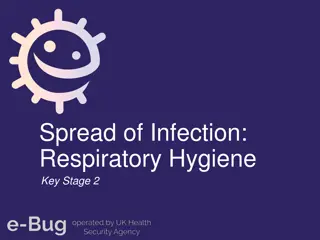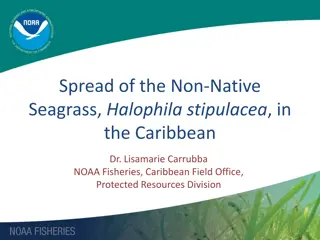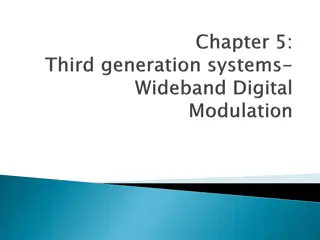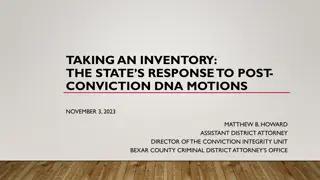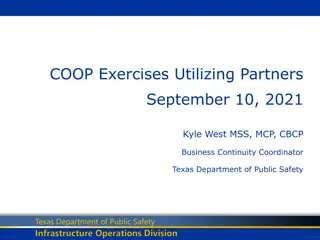State Response to Minimize Spread and Promote Business Continuity - Bret D. Marsh, DVM
Indiana's State Veterinarian, Bret D. Marsh, shared insights on the response to the 2016 HPAI Incident, emphasizing control measures within specific areas, plans for managing infected flocks, permitted movements, industry partnerships, rapid response strategies, and proactive steps for containment and business continuity in the face of challenges like limited resources.
Download Presentation

Please find below an Image/Link to download the presentation.
The content on the website is provided AS IS for your information and personal use only. It may not be sold, licensed, or shared on other websites without obtaining consent from the author. Download presentation by click this link. If you encounter any issues during the download, it is possible that the publisher has removed the file from their server.
E N D
Presentation Transcript
State Response to Minimize Spread and Promote Business Continuity Bret D. Marsh, DVM Indiana State Veterinarian
Indianas 2016 HPAI Incident Jan. 15: H7 in commercial turkey flock NVSL: HPAI H7N8 Depopulation started by owner Area testing of commercial flocks started Jan. 16: H7 in 9 more nearby flocks 8: LPAI H7N8; 9th: ultimately not isolated
Control Area 10 km Control Area 20 km Surveillance Zone
Plan For the Biggest Job Negative Flocks: Free Area Business as usual Premises Identification Negative Flocks: Control Area Sampling Testing Reporting & Records Issuing Permits for Movements Infected Sites Quarantined Depopulation & Disposal
Plan for Permitted Movements Identifying premises in Control Area Commercial: 65 flocks Backyard: 1,945 residences: 105 flocks Issuing permits 738 permits in 38 days 55 types of permits Surveillance Testing 4500+ tests
Partner With Industry to Plan Verified premID/location of flocks, processing NPIP Authorized Testers Training: Sample submission process (bar codes!) PPE use Biosecurity audits Electronic permits
Respond Quickly USDA paying for live birds only Inventory records Rapid laboratory testing DUNS and SAMS numbers in advance Identify flocks in 10-km Control Area All associated sites listed w/ BOAH Commence testing and notification Began on preliminary NAHLN result
What Can You Do Now? USDA/State resources may be limited Limited number of national response teams May have to get in line Take pro-active steps to minimize loss Growers shut off vents: avoid spread
Have Your Own Depop Plan(s) Don t get locked into one solution Alternative methods for euthanasia, disposal Back-up option for every site Weather Equipment failure
Preplan Disposal Options Work with state environmental agency 11 landfills pre-identified Pre-identify viable options Burial, composting, incineration Communicate to industries Solid waste handlers
Coordinate with the Laboratory Electronic reporting Bar codes for speed, accuracy Proper equipment, training Surge capacity Processing schedule For permit timing
Other Details Epidemiology USDA team analyzed surveys Determine possible source, spread Surveillance BOAH responding to Healthy Birds Hotline Wild bird sampling by DNR/WS Financial Settlements USDA handling paperwork
New Ideas=New Solutions Department of Correction Depopulation crews Local firefighters: Foaming experts! State Police: Sample transport
Future Opportunities Depopulation/Mass Depopulation Whole House CO2, VSD, novel methods Secure Food Plans Modify to meet real-life operations Disposal Methods Landfill leachate, waste to energy, etc.
Future Opportunities Environmental Sampling Integrated methods, e.g., waterers/drinkers Other species Algorithms for Testing All species: swine, milk, etc. Laboratory Messaging Reporting back to states in NAHLN system
5 Steps for Pork Producers 1. Validated Premises 2. Biosecurity Plan (SPS) 3. Sampling Plan (Certified Samplers) 4. Exercise Requesting a Permit 5. Face to Face Meeting
More Information www.boah.in.gov animalhealth@boah.in.gov @INBOAH www.facebook.com/INBOAH



